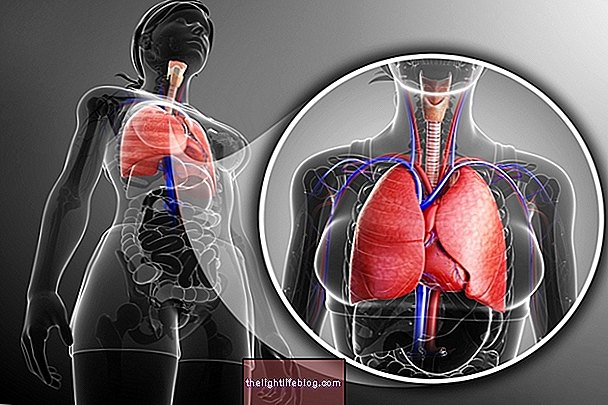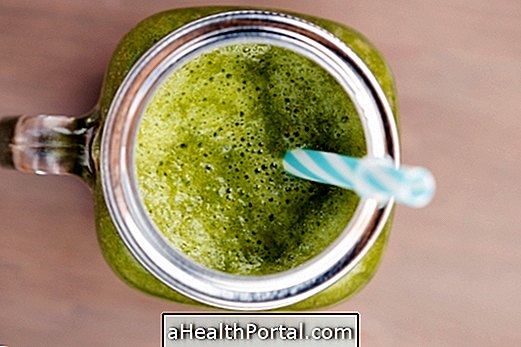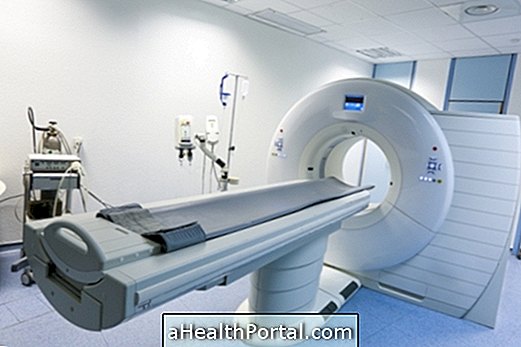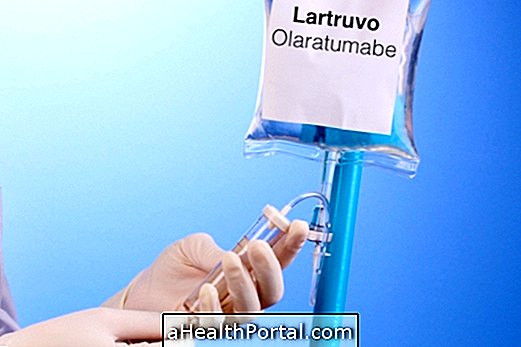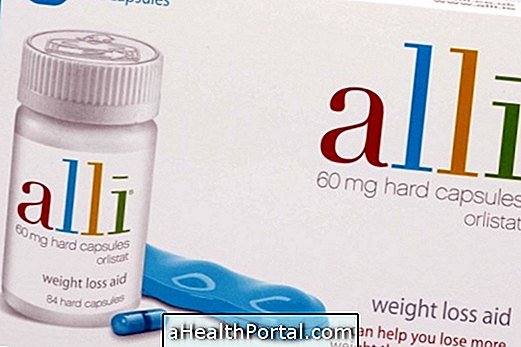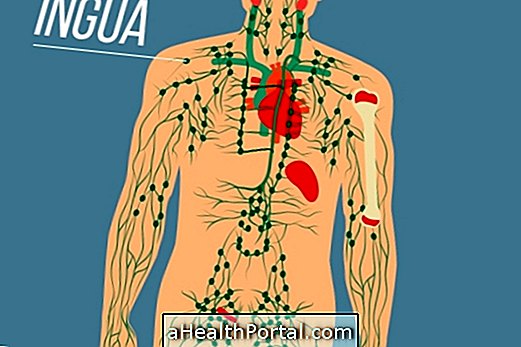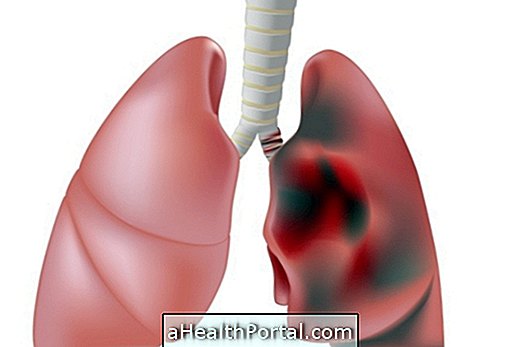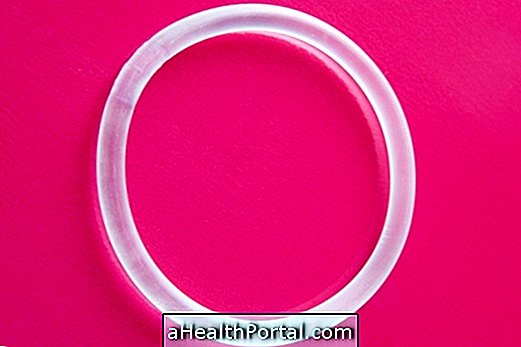The treatment of short bowel syndrome is based on adapting food and nutritional supplements in order to compensate for the reduced absorption of vitamins and minerals that the missing portion of the intestine causes, so that the patient is not malnourished or dehydrated. Complete recovery for the intestine to properly absorb nutrients and weight loss to be controlled can take up to 3 years.
However, the severity of this syndrome depends on the part of the intestine that has been removed, which can be a portion of the large or small intestine and the amount of intestine removed.
In general, the nutrients most susceptible to malabsorption are vitamins A, D, E, K, B12 and minerals such as calcium, folic acid, zinc or iron. For this reason, the patient is initially fed with nutritional supplementation, directly through the vein and aims to prevent and treat problems such as developmental delay, in the case of children, anemia; hemorrhages and bruises; osteoporosis; muscle pain and weakness; cardiac insufficiency; and even dehydration that can endanger the patient's life.
Most important nutrients according to the missing intestine portion

Constitution of the intestine
Malabsorption of nutrients depends on the portion that is affected, being that:
- Jejunum - Calcium, Iron, magnesium, protein, carbohydrate and fat;
- Ileum - Vitamin B12;
- Colon - Water, mineral salts and short-chain fatty acids;
In some cases, to compensate for the lack of nutrients, a small intestine transplant may be necessary to cure intestinal failure and avoid reliance on total parenteral nutrition for the rest of your life. .
Food for recovery from surgery
Normally, during the first 5 days after surgery, food is maintained through the vein called Total Parenteral Nutrition, so that the intestine can heal at rest. After that period, when diarrhea is less frequent, tube feeding also begins to slowly stimulate stomach and bowel movements, decreasing the volume of food through the vein, for about 2 months.
After approximately 2 months of recovery, in most cases, the patient is already able to feed through the mouth by making small meals, up to 6 times a day. However, the feeding through the nasogastric tube is maintained in order to guarantee the intake of calories and nutrients to maintain and recover the nutritional state, until the patient is able to eat without the tube, a process that can take between 1 to 3 years.

Nasogastric tube feeding

Vein feeding
However, it is possible that in some cases, the patient spends the rest of his life depending on parenteral nutrition and nutritional supplementation to avoid malnutrition and problems such as anemia, for example.
Recovery from surgery to remove a portion of the intestine can be done through a large cut in the abdomen or by laparotomy, and can take between 2 to 6 hours and the patient may have to be admitted to the hospital for recovery for a period that may vary between 10 days to 1 month at least. This type of surgery is very risky because the intestine has many bacteria that can cause serious infections, and is even more delicate, if the patient is a child or elderly.
Was this information helpful?
Yes No
Your opinion is important! Write here how we can improve our text:
Any questions? Click here to be answered.
Email in which you want to receive a reply:
Check the confirmation email we sent you.
Your name:
Reason for visit:
--- Choose your reason --- DiseaseLive betterHelp another personGain knowledge
Are you a health professional?
NoMedicalPharmaceuticalsNurseNutritionistBiomedicalPhysiotherapistBeauticianOther
